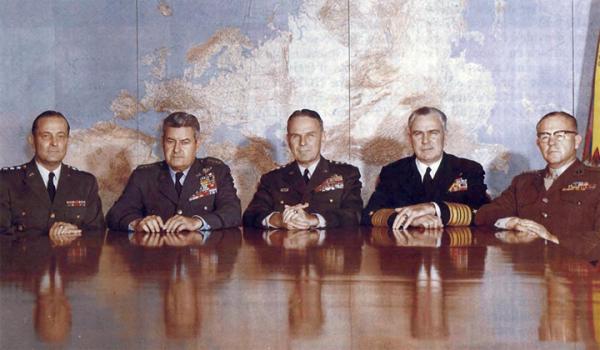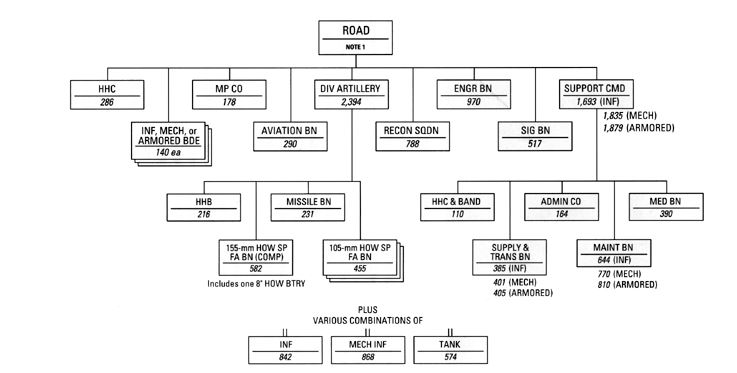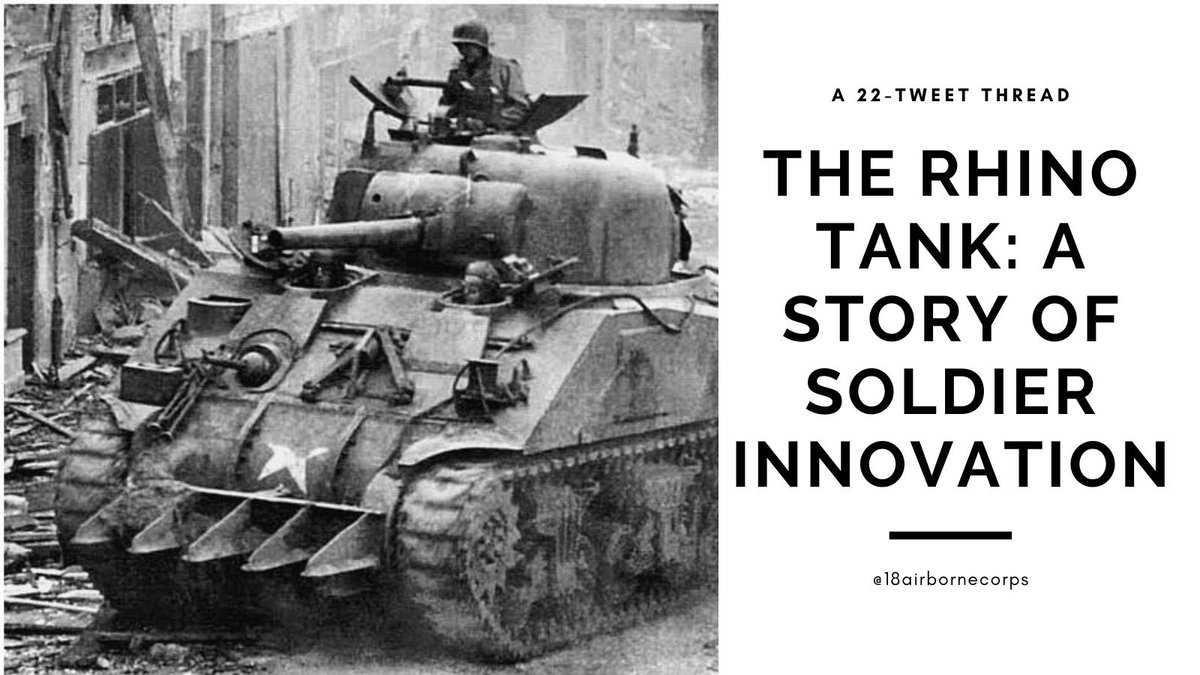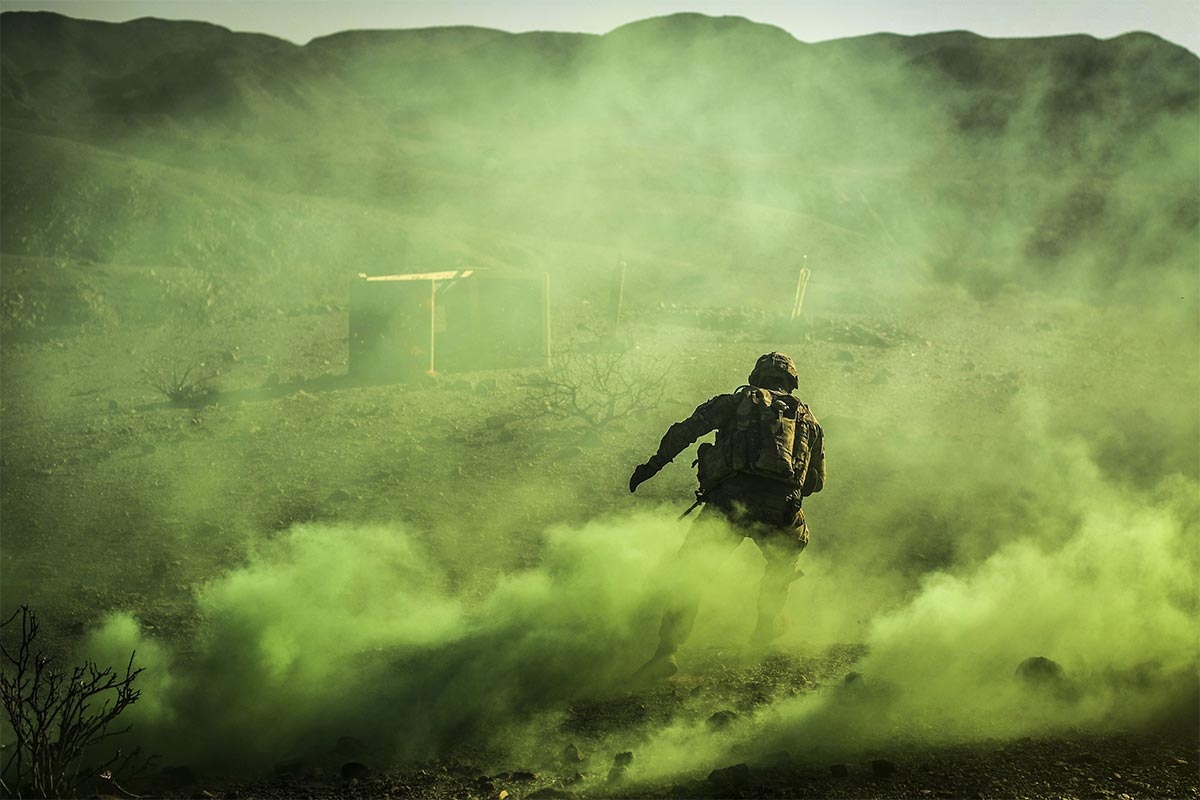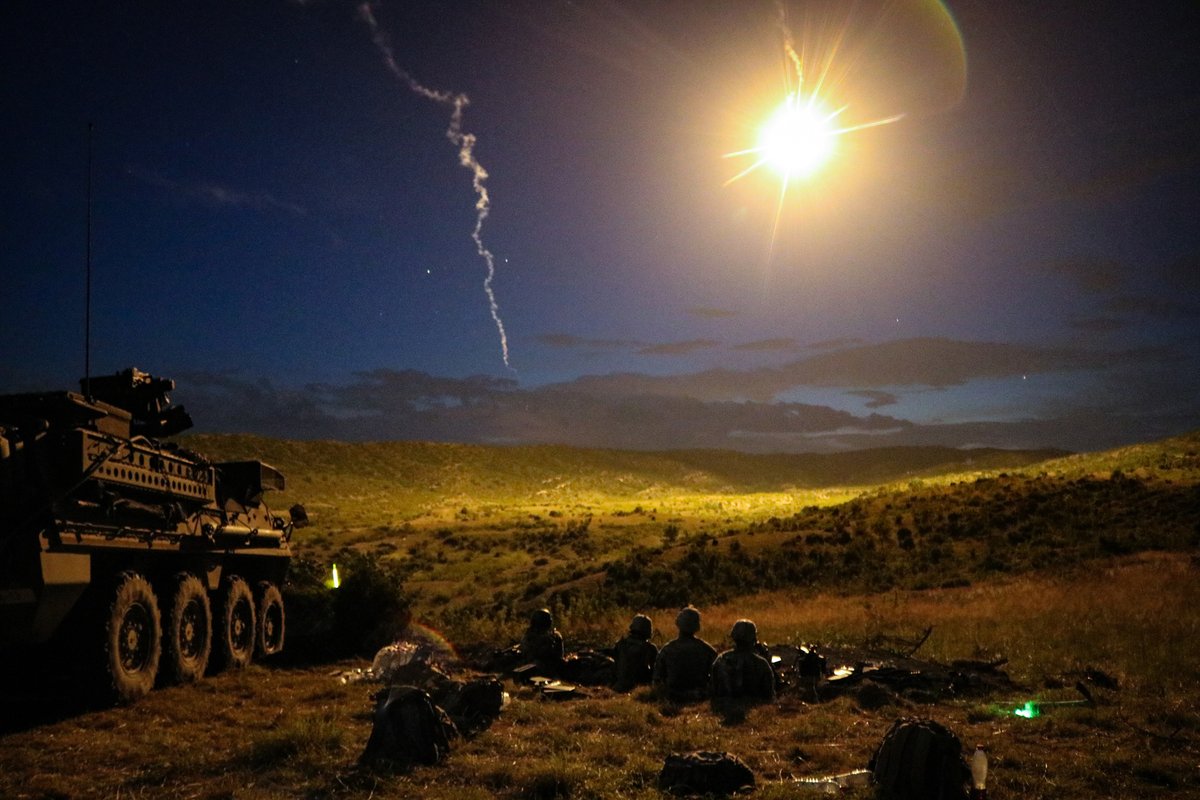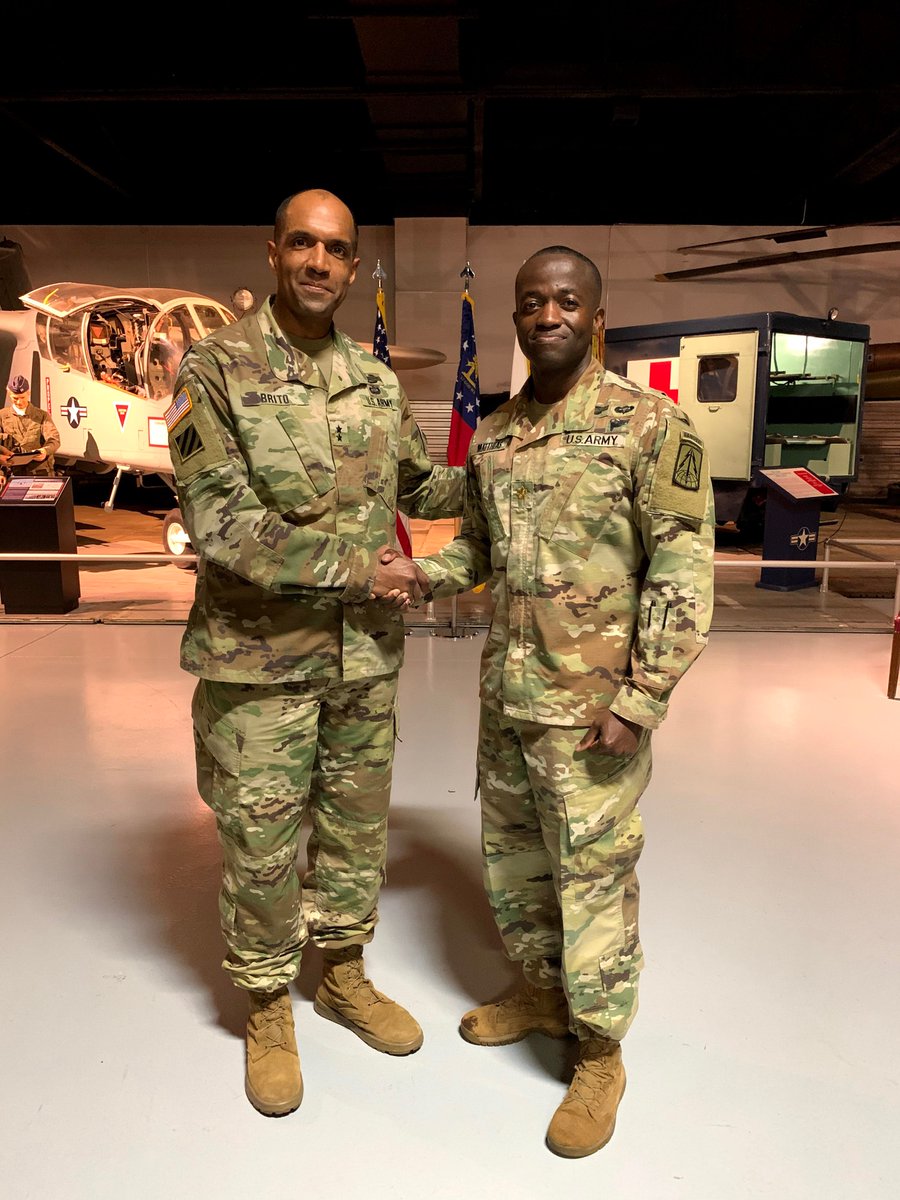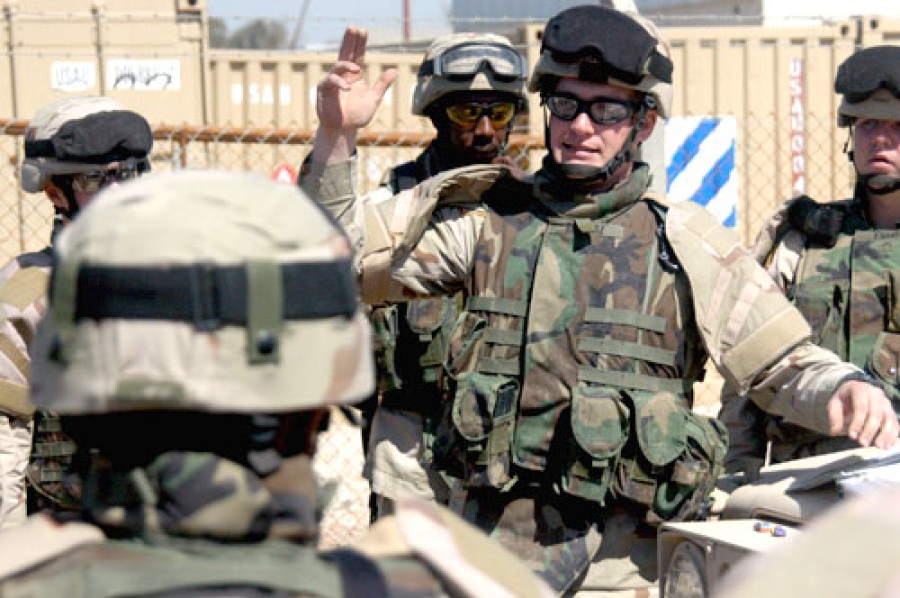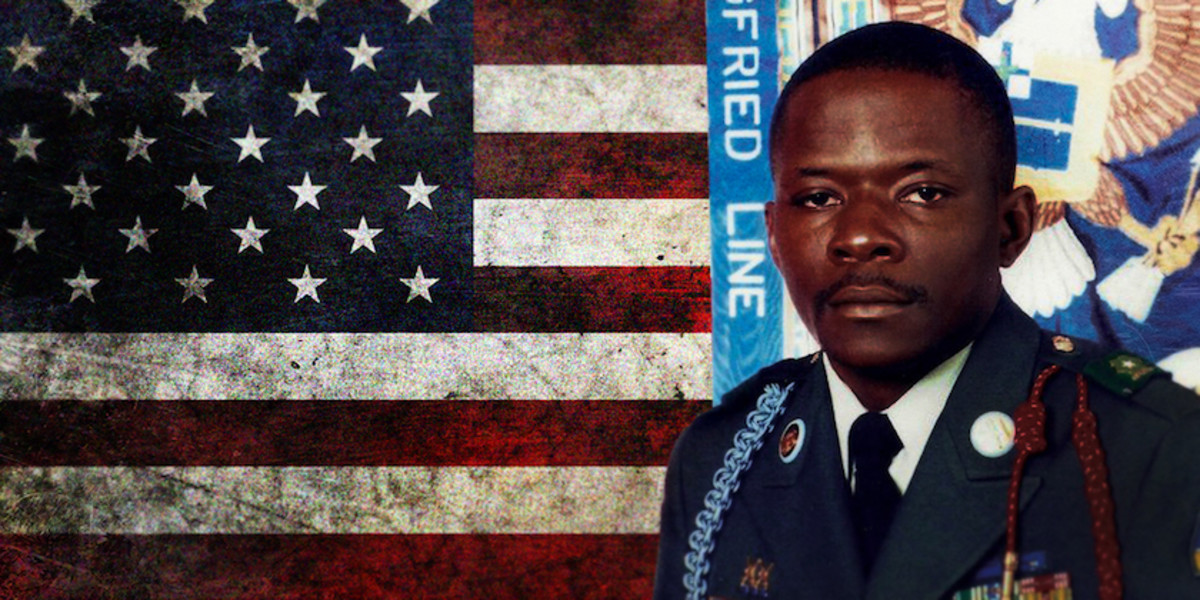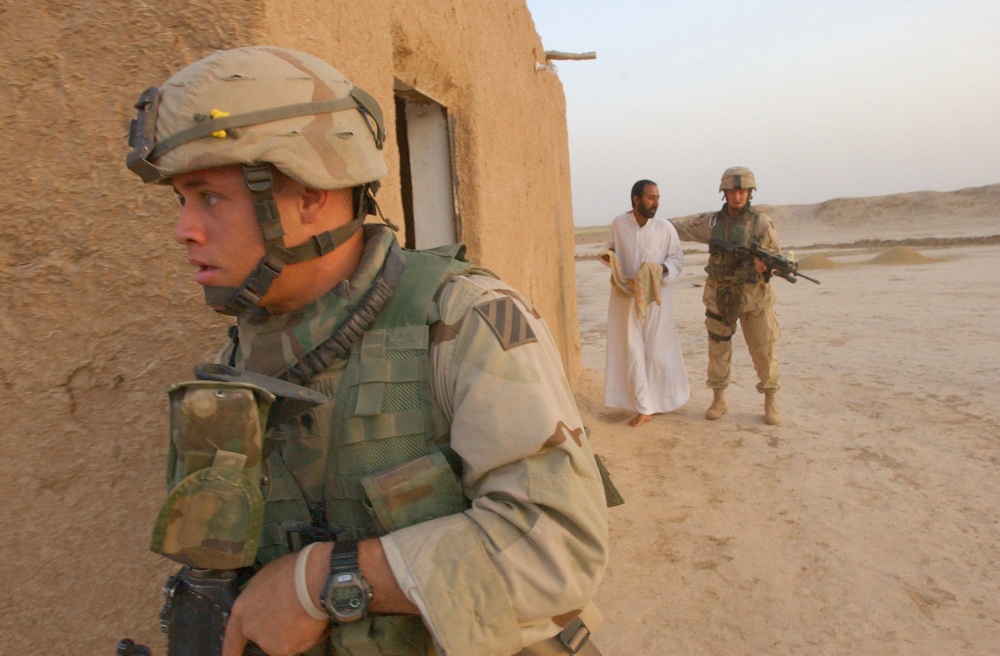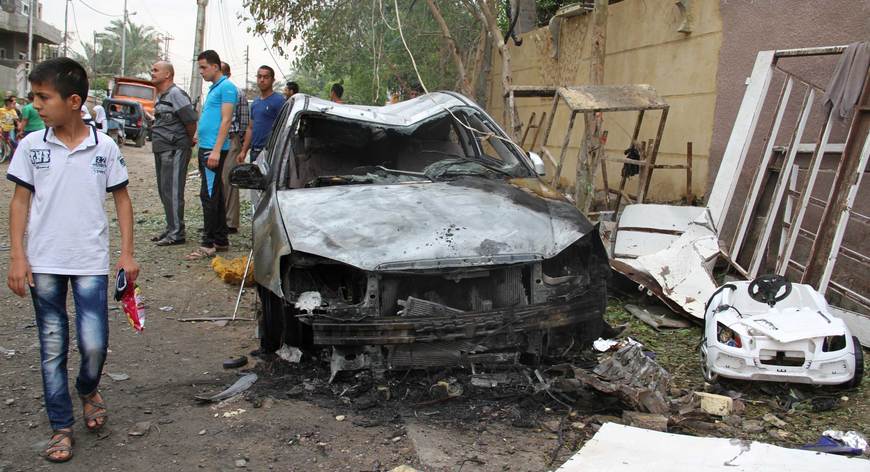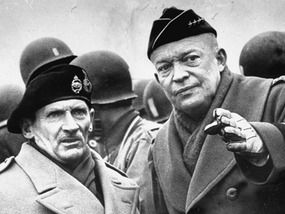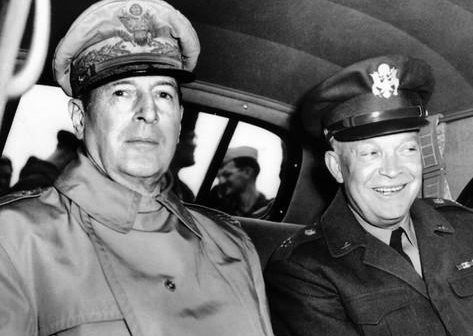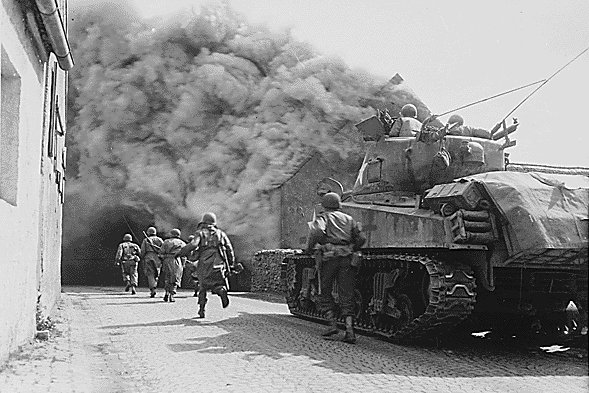
1 of 30:
37 years ago today, the US invaded a teeny-tiny Caribbean island, rescued a bunch of medical students, and rounded-up a group of gang members, along with their Cuban communist backers. Remember that? No? Well, read on.
37 years ago today, the US invaded a teeny-tiny Caribbean island, rescued a bunch of medical students, and rounded-up a group of gang members, along with their Cuban communist backers. Remember that? No? Well, read on.
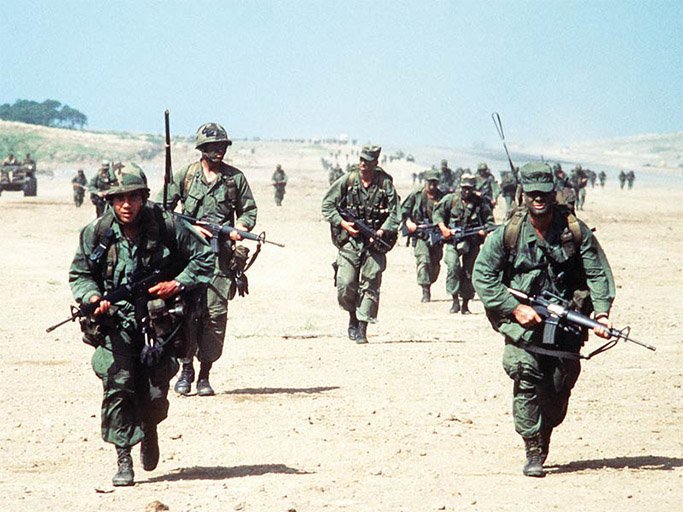
2 of 30:
It was Operation Urgent Fury, the US invasion of Grenada, and it began on the morning of October 25th, 1983 with assaults on airstrips at Point Salines and Pearls.
It was Operation Urgent Fury, the US invasion of Grenada, and it began on the morning of October 25th, 1983 with assaults on airstrips at Point Salines and Pearls.
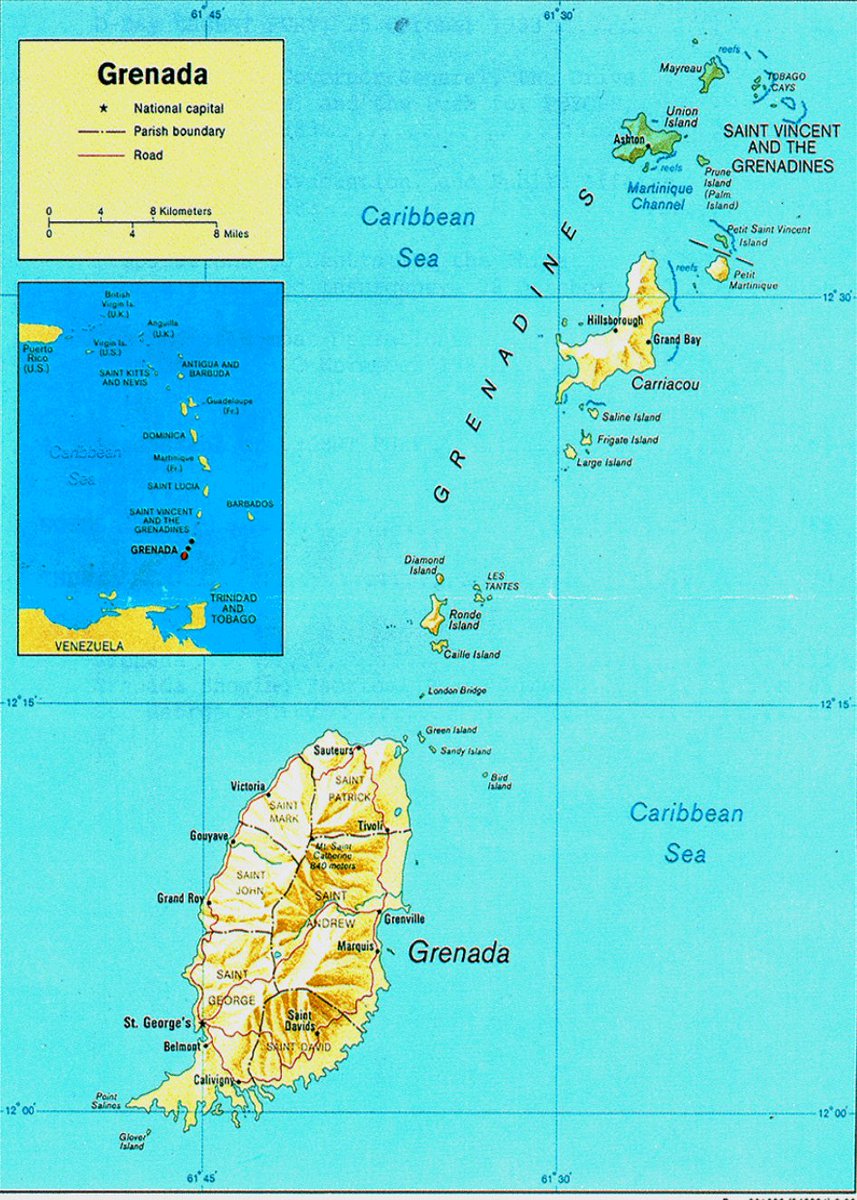
3 of 30:
Over the next 4 days, US troops rescued US citizens, restored a popular native government, & eliminated a threat to the stability of the Caribbean & US strategic interests there.
Over the next 4 days, US troops rescued US citizens, restored a popular native government, & eliminated a threat to the stability of the Caribbean & US strategic interests there.

4 of 30:
Throughout the rest of the day, we’re going to describe Operation Urgent Fury and its objective, but, for now, let’s just set the story up in historic context.
Throughout the rest of the day, we’re going to describe Operation Urgent Fury and its objective, but, for now, let’s just set the story up in historic context.

5 of 30:
Most Americans didn’t know anything about Grenada and couldn’t identify its hemisphere. After the matter was wrapped up, most people forgot all about it.
Most Americans didn’t know anything about Grenada and couldn’t identify its hemisphere. After the matter was wrapped up, most people forgot all about it.
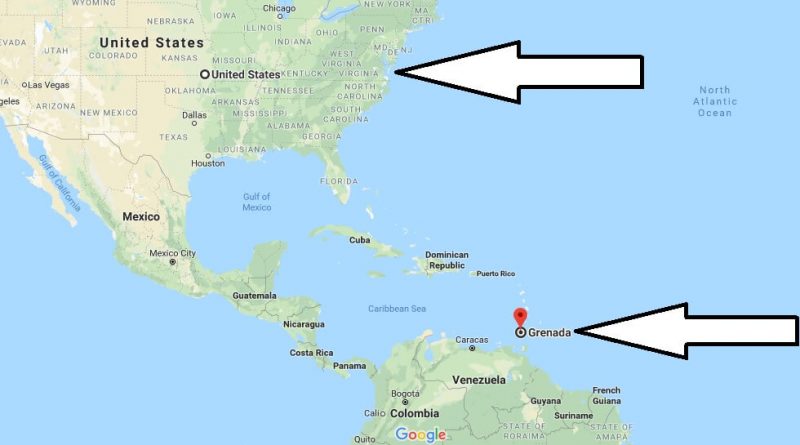
6 of 30:
Most of the country paid more attention to the first season of a new NBC program about a commando unit courtmartialed for a crime they didn't commit.
Most people today don’t know much about what was going on in Grenada.
Most of the country paid more attention to the first season of a new NBC program about a commando unit courtmartialed for a crime they didn't commit.
Most people today don’t know much about what was going on in Grenada.
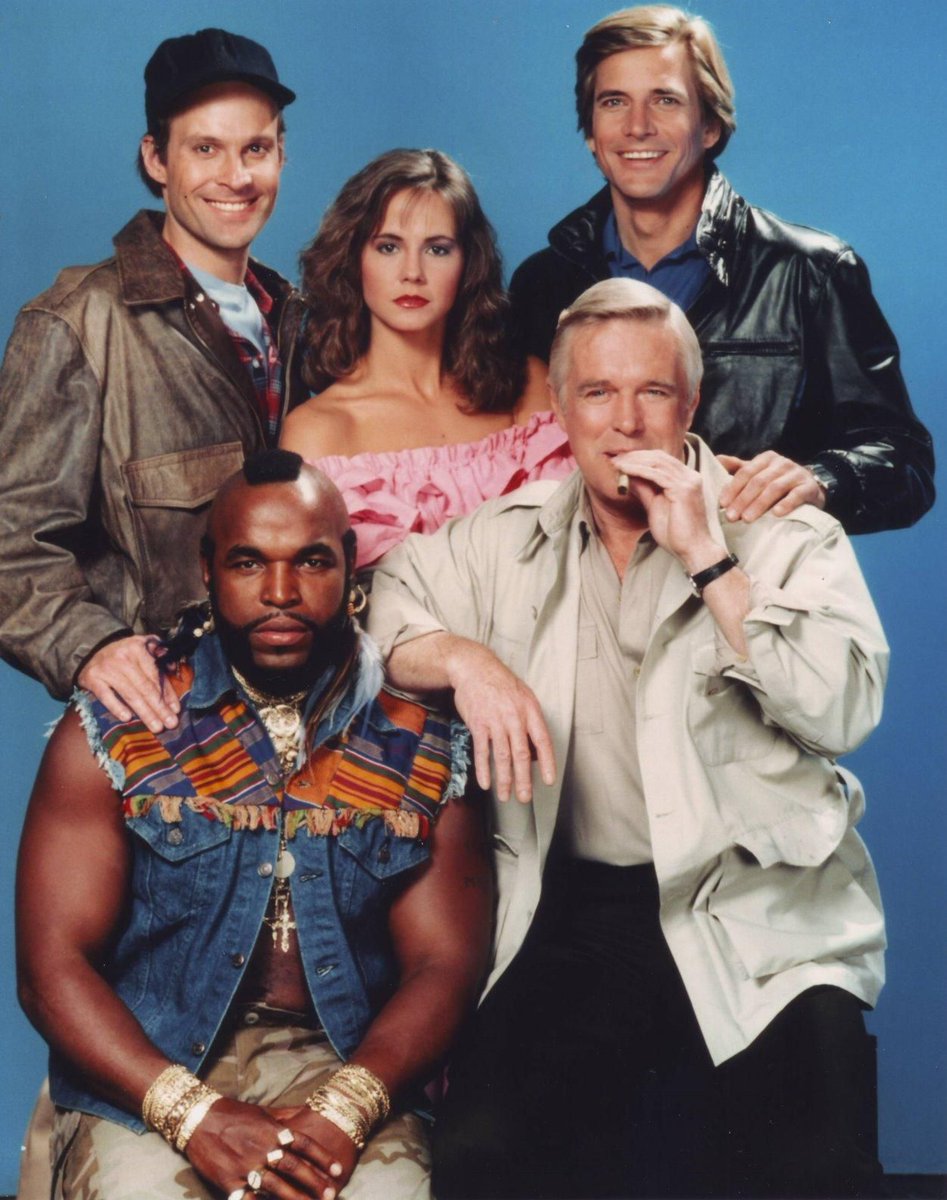
7 of 30:
It all seems so odd in today’s era of AI, cyber, and Great Power Competition with China and Russia: How did a minuscule, impoverished island nation with a population of ~ 100k become so important? Why so much attention to Grenada?
It all seems so odd in today’s era of AI, cyber, and Great Power Competition with China and Russia: How did a minuscule, impoverished island nation with a population of ~ 100k become so important? Why so much attention to Grenada?

8 of 30:
Well, in the early '80s, the US grew increasingly uneasy about the expansion of Soviet and Cuban influence in the Caribbean and in Grenada in particular. Soviet support of the Communist Sandinista government of Nicaragua & the insurrection in El Salvador was on the rise
Well, in the early '80s, the US grew increasingly uneasy about the expansion of Soviet and Cuban influence in the Caribbean and in Grenada in particular. Soviet support of the Communist Sandinista government of Nicaragua & the insurrection in El Salvador was on the rise
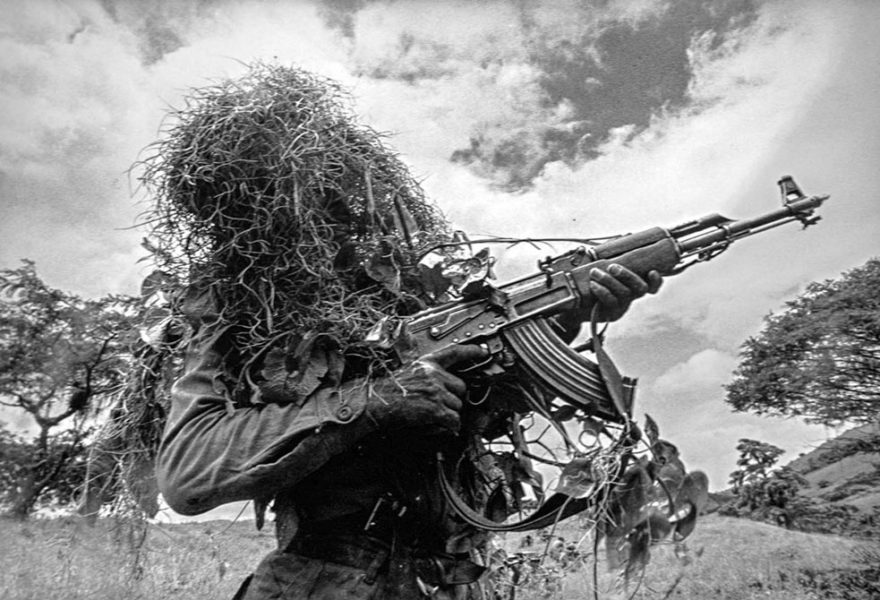
9 of 30:
Reagan viewed further encroachments into traditional US spheres of influence in South and Central America and the Caribbean as constituting an increasing menace. Soviet and Cuban military aid and equipment to Grenada caused concerns in the Pentagon.
Reagan viewed further encroachments into traditional US spheres of influence in South and Central America and the Caribbean as constituting an increasing menace. Soviet and Cuban military aid and equipment to Grenada caused concerns in the Pentagon.
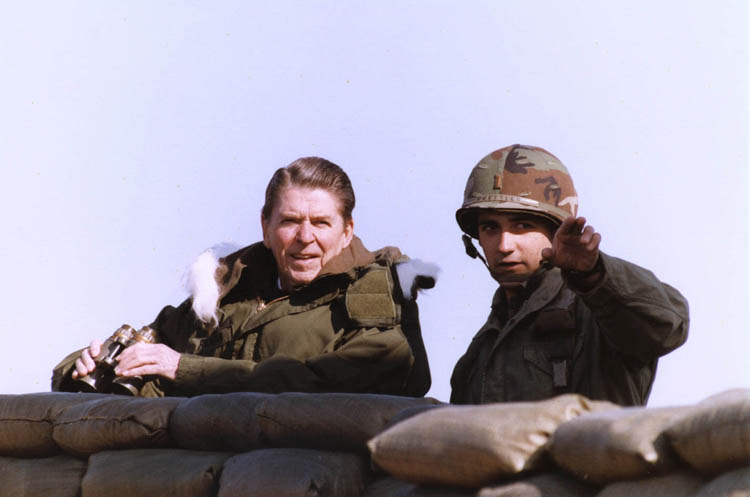
10 of 30:
In October 1983, the government of Grenada collapsed. This opened the door for even greater Soviet and Cuban influence in the Caribbean. Reagan didn’t want that.
In October 1983, the government of Grenada collapsed. This opened the door for even greater Soviet and Cuban influence in the Caribbean. Reagan didn’t want that.

11 of 30:
There was also the potential for Grenadian Marxist forces taking hundreds of American med students on the island hostage.
There was also the potential for Grenadian Marxist forces taking hundreds of American med students on the island hostage.
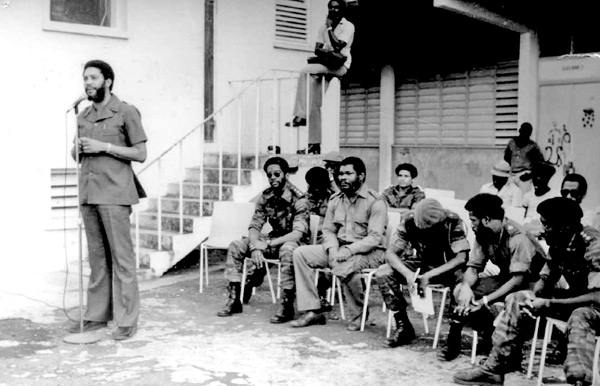
12 of 30:
Ugly memories of the Iranian hostage crisis and the aborted rescue attempt at Desert One were fresh. Anxious to avoid a similar experience, the White House mounted Operation Urgent Fury in haste in response to a threat to American medical students on Grenada.
Ugly memories of the Iranian hostage crisis and the aborted rescue attempt at Desert One were fresh. Anxious to avoid a similar experience, the White House mounted Operation Urgent Fury in haste in response to a threat to American medical students on Grenada.

13 of 30:
When President Reagan gave the order to take the island, the Defense Department was unfamiliar with the idea of a small war. A large force from across all services was formed. This force, however, had no experienced joint command.
When President Reagan gave the order to take the island, the Defense Department was unfamiliar with the idea of a small war. A large force from across all services was formed. This force, however, had no experienced joint command.

14 of 30:
The Navy was ostensibly in charge, but with little training or capability to coordinate across the Task Force.
The Navy was ostensibly in charge, but with little training or capability to coordinate across the Task Force.
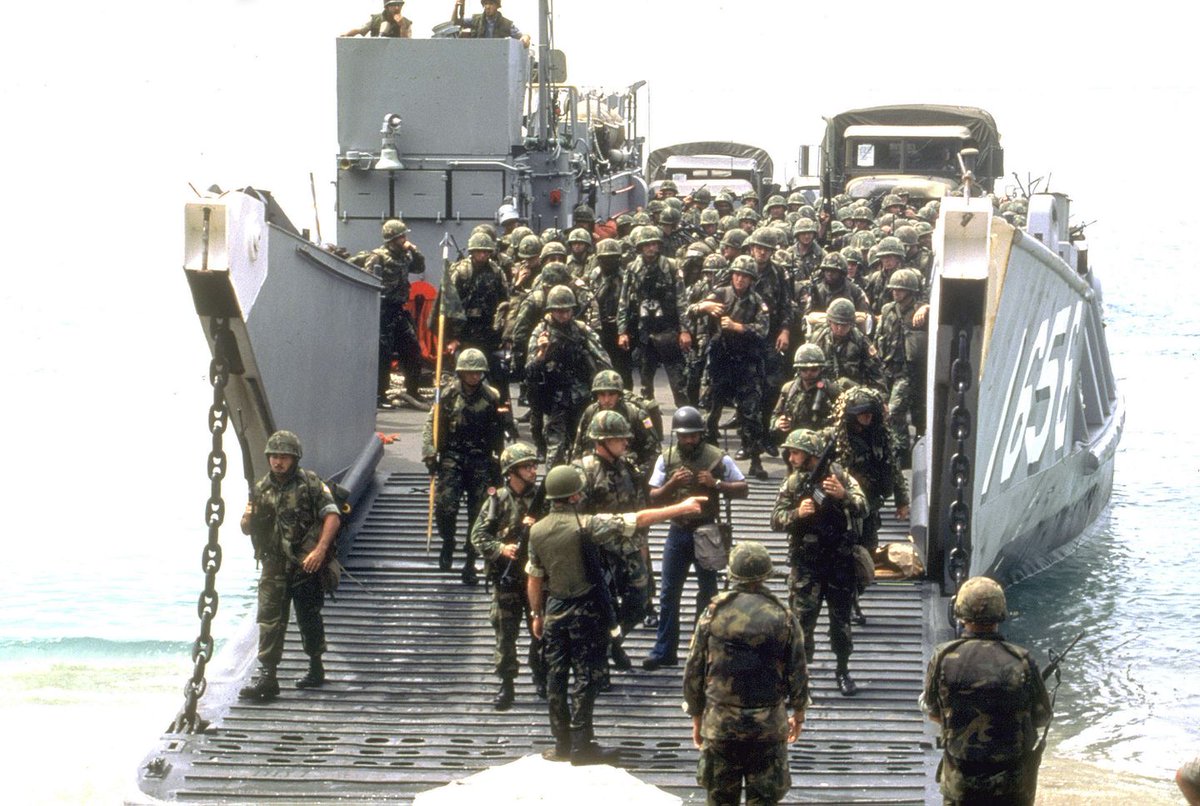
15 of 30:
XVIII Airborne Corps, under the control of US Atlantic Command, was to assume control of the land forces….but just the Army part of the land forces and not the Marines. So, no unity of command on the ground.
XVIII Airborne Corps, under the control of US Atlantic Command, was to assume control of the land forces….but just the Army part of the land forces and not the Marines. So, no unity of command on the ground.

16 of 30:
Things got weird even before the force left the US Atlantic Command to excluded XVIII Airborne Corps, commanded by Jack Mackmull, from the planning and operational chain of command.
Things got weird even before the force left the US Atlantic Command to excluded XVIII Airborne Corps, commanded by Jack Mackmull, from the planning and operational chain of command.

17 of 30:
The Navy planners didn’t understand the critical functions of logistics, communications, and airflow that this corps performed for the @82ndABNDiv
The Navy planners didn’t understand the critical functions of logistics, communications, and airflow that this corps performed for the @82ndABNDiv
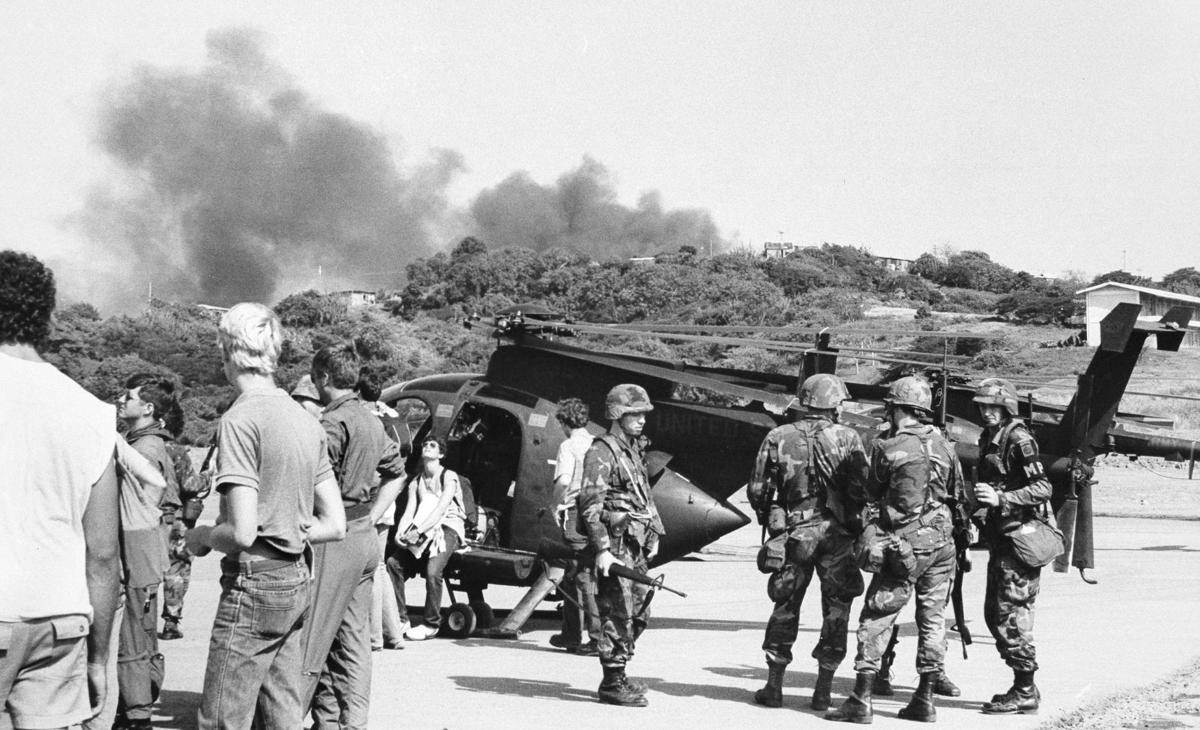
18 of 30:
The XVIII Airborne Corps could also have assisted in the planning of the airborne insertion. Cutting it out of the chain of command threw a heavy and unexpected burden on the 82d Airborne Division staff.
The XVIII Airborne Corps could also have assisted in the planning of the airborne insertion. Cutting it out of the chain of command threw a heavy and unexpected burden on the 82d Airborne Division staff.
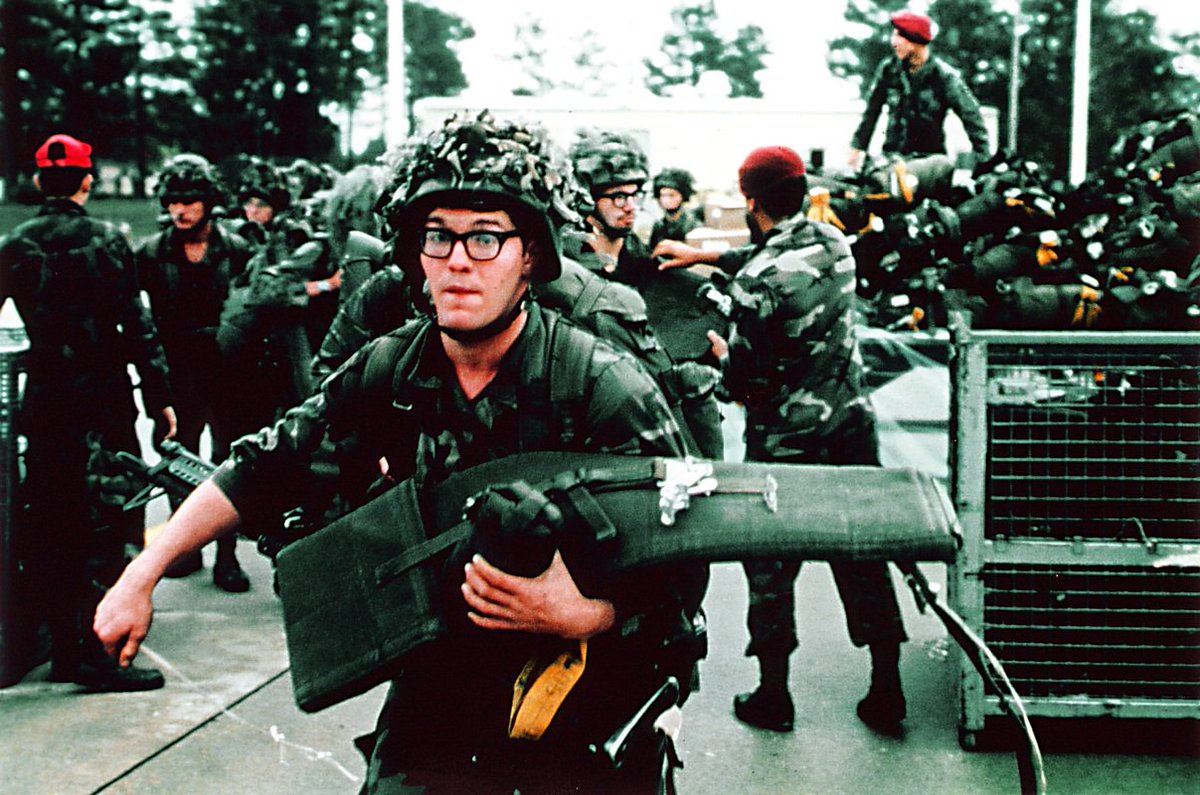
19 of 30:
New small teams of Special Ops forces would be part of the force, but it was unclear how they supported the command.
New small teams of Special Ops forces would be part of the force, but it was unclear how they supported the command.
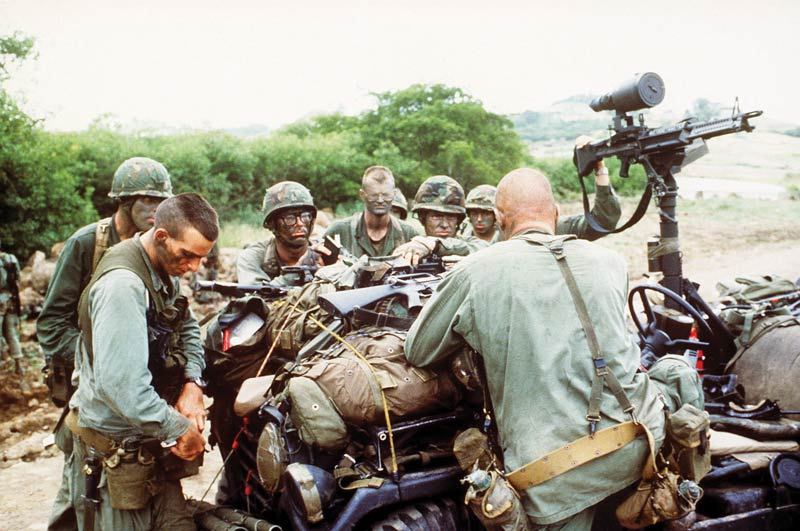
20 of 30:
The result was a mess in terms of command and control.
Army units couldn't communicate with Navy forces. There were problems in coordination between Marine and Army units.
The result was a mess in terms of command and control.
Army units couldn't communicate with Navy forces. There were problems in coordination between Marine and Army units.
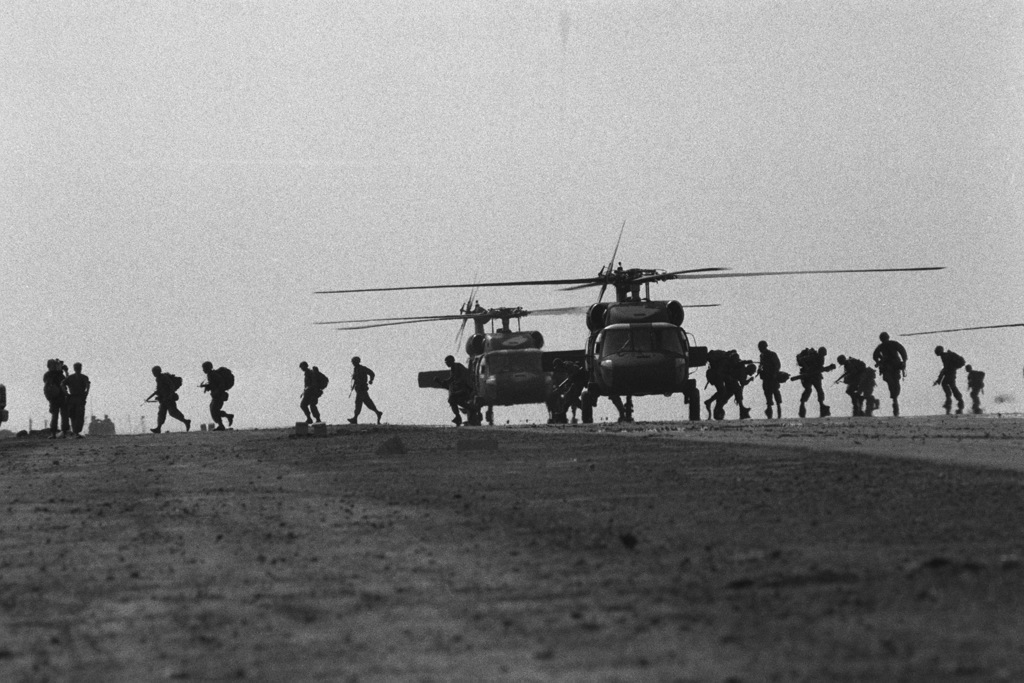
21 of 30:
In one embarrassing incident, a team of SEALs fast-roped onto the roof of the Commonwealth Governor-General, rescuing him, his wife & staff.
In one embarrassing incident, a team of SEALs fast-roped onto the roof of the Commonwealth Governor-General, rescuing him, his wife & staff.

22 of 30:
The SEAL commander was subsequently pinned down by militia groups. Unable to communicate with circling AC-130 gunships, he ended up using his AT&T calling card to contact Fort Bragg to direct an air strike.
The SEAL commander was subsequently pinned down by militia groups. Unable to communicate with circling AC-130 gunships, he ended up using his AT&T calling card to contact Fort Bragg to direct an air strike.
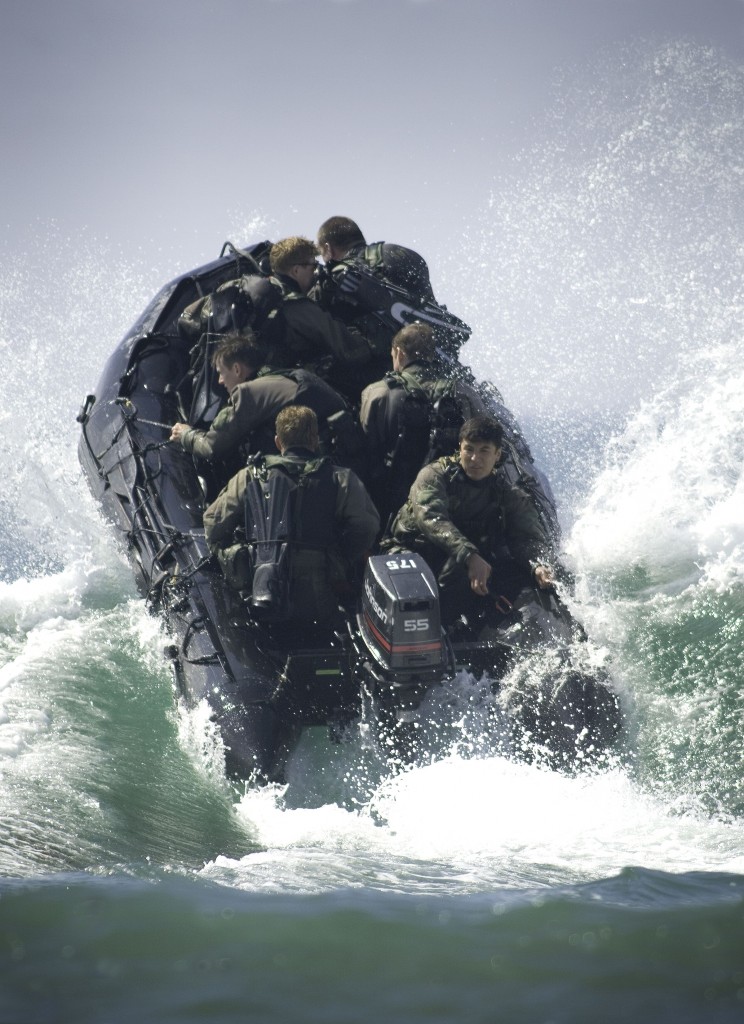
23 of 30:
But, despite all these issues, the US invasion force restored order on the island in a matter of days and then returned home to welcome-home rallies and demonstrations of appreciation.
But, despite all these issues, the US invasion force restored order on the island in a matter of days and then returned home to welcome-home rallies and demonstrations of appreciation.

24 of 30:
As far as the Army of 1983, it was untested in combat. Only 10 years into the All Volunteer Force, Vietnam still cast a dark shadow over the force.
As far as the Army of 1983, it was untested in combat. Only 10 years into the All Volunteer Force, Vietnam still cast a dark shadow over the force.
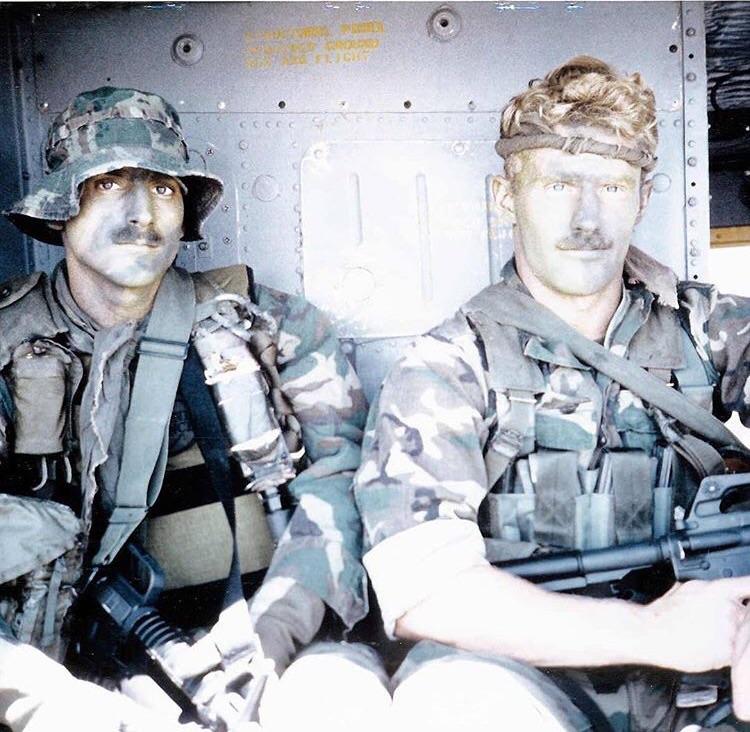
25 of 30:
So, for the Army, Grenada was good. Important even. Our friend Keith Nightingale who commanded the 82nd’s 2-505 at the time believes Urgent Fury gave the Army a boost of much-needed confidence.
So, for the Army, Grenada was good. Important even. Our friend Keith Nightingale who commanded the 82nd’s 2-505 at the time believes Urgent Fury gave the Army a boost of much-needed confidence.

26 of 30:
The ridiculous problems with joint command forced a necessary set of strategic reforms. The thinking immediately afterward was this: we better figure this out. After all, the next time we do this it we may not be fighting a bunch of gang members.
The ridiculous problems with joint command forced a necessary set of strategic reforms. The thinking immediately afterward was this: we better figure this out. After all, the next time we do this it we may not be fighting a bunch of gang members.
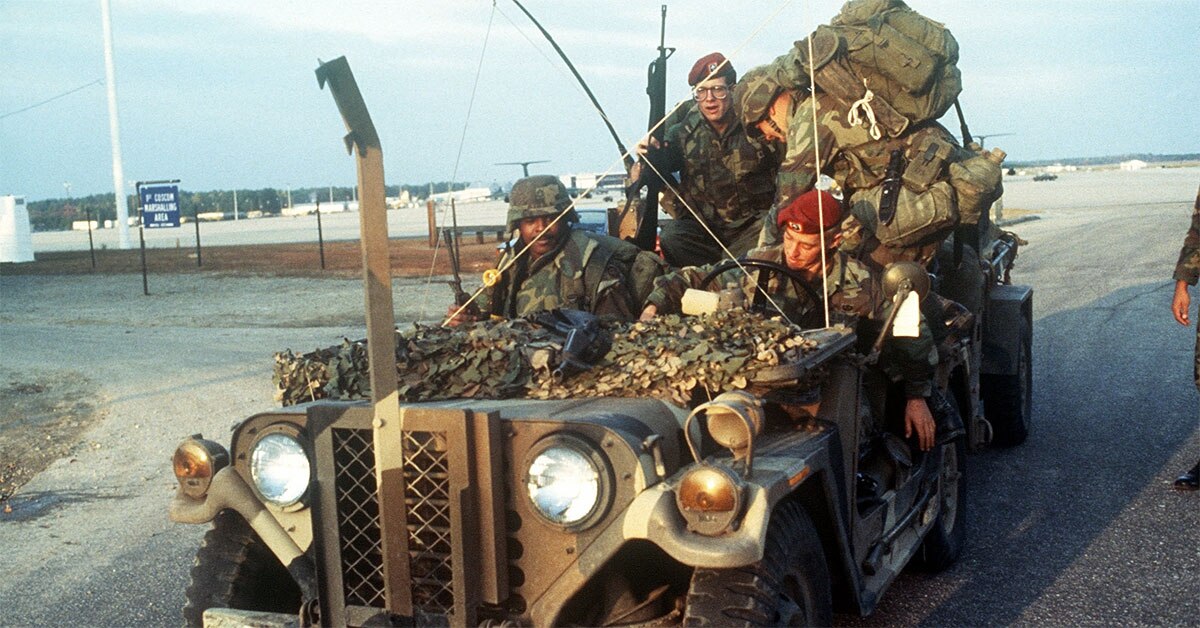
27 of 30:
Those issues, among others such as the aforementioned failed Iran hostage rescue, helped lead to passage of the 1986 Goldwater-Nichols Department of Defense Reorganization Act, an earthshaking set of changes across DoD.
Those issues, among others such as the aforementioned failed Iran hostage rescue, helped lead to passage of the 1986 Goldwater-Nichols Department of Defense Reorganization Act, an earthshaking set of changes across DoD.

28 of 30:
Goldwater-Nichols consolidated the power of the chairman of the Joint Chiefs and created synchronized forces that could easily be unified under a single commander.
Goldwater-Nichols consolidated the power of the chairman of the Joint Chiefs and created synchronized forces that could easily be unified under a single commander.

29 of 30:
Never again would the @USArmy, @USNavy, @USMC, or @USAirForce train, plan or procure equipment in isolation.
Never again would the @USArmy, @USNavy, @USMC, or @USAirForce train, plan or procure equipment in isolation.
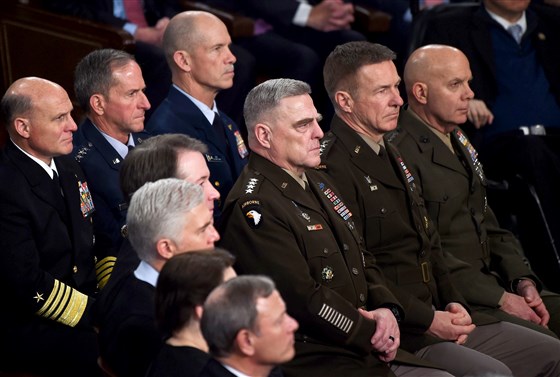
FINAL:
So, this minor skirmish on this minuscule island had far-reaching effects that helped shape today's XVIII Airborne Corps.
So, this minor skirmish on this minuscule island had far-reaching effects that helped shape today's XVIII Airborne Corps.
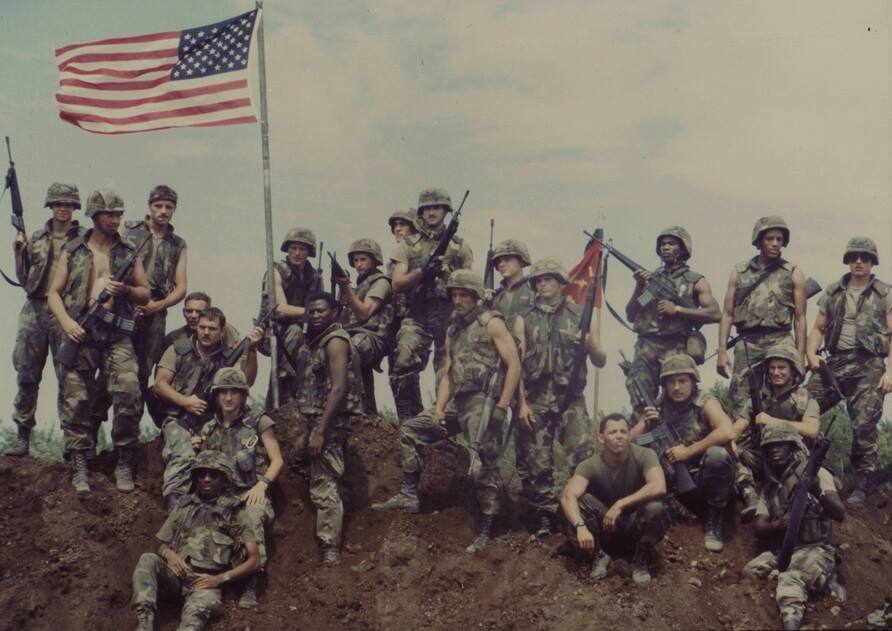
Tweet 16 of 30 SHOULD have read:
Things got weird even before the force left the US as the Atlantic Command excluded the XVIII Airborne Corps, commanded by Jack Mackmull, from the planning and operational chain of command.
[we NEED an edit button, @Twitter]
Things got weird even before the force left the US as the Atlantic Command excluded the XVIII Airborne Corps, commanded by Jack Mackmull, from the planning and operational chain of command.
[we NEED an edit button, @Twitter]
• • •
Missing some Tweet in this thread? You can try to
force a refresh


